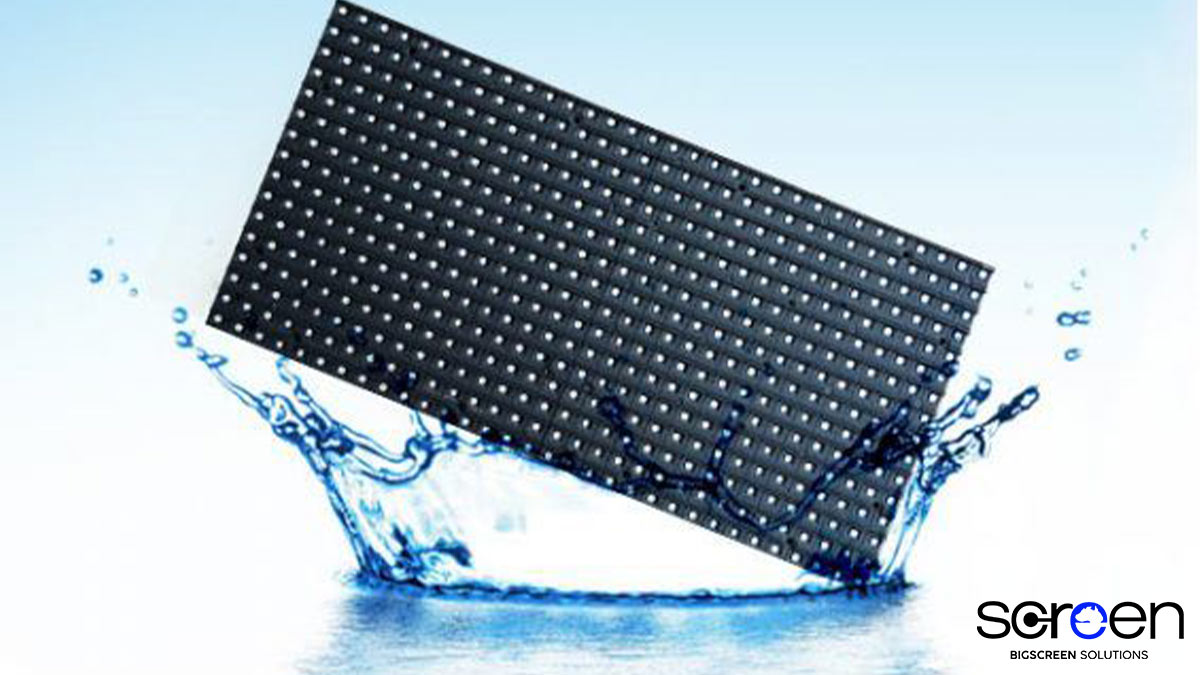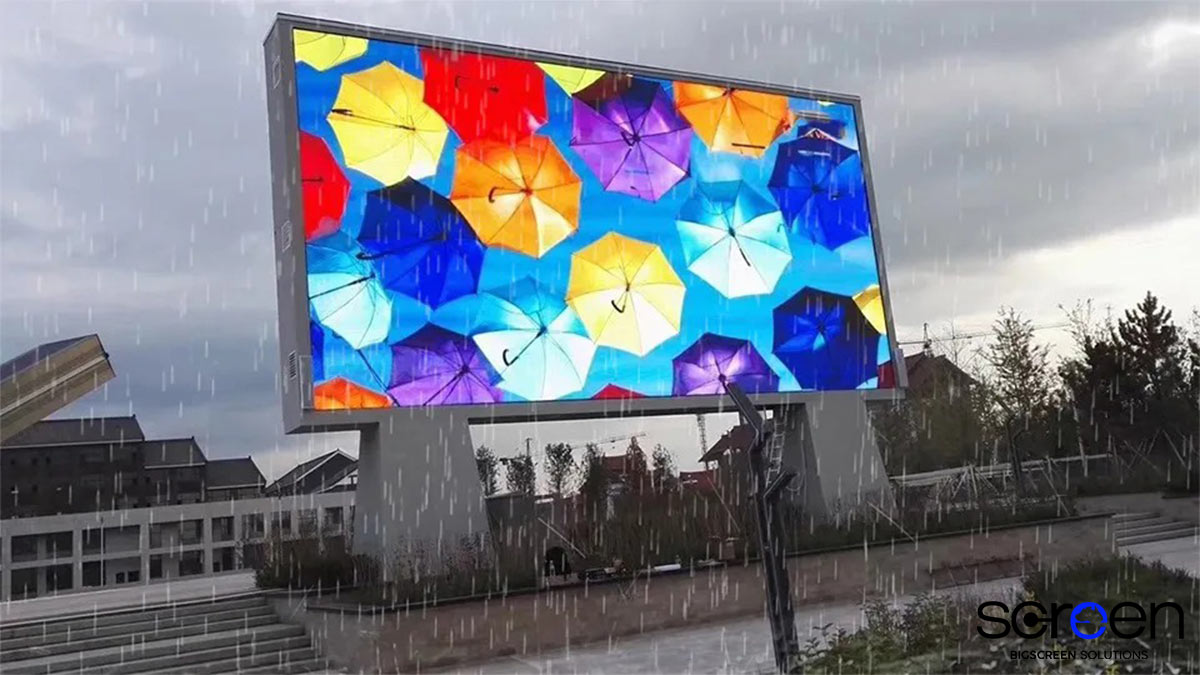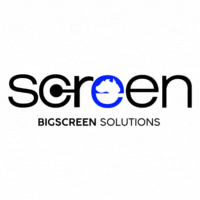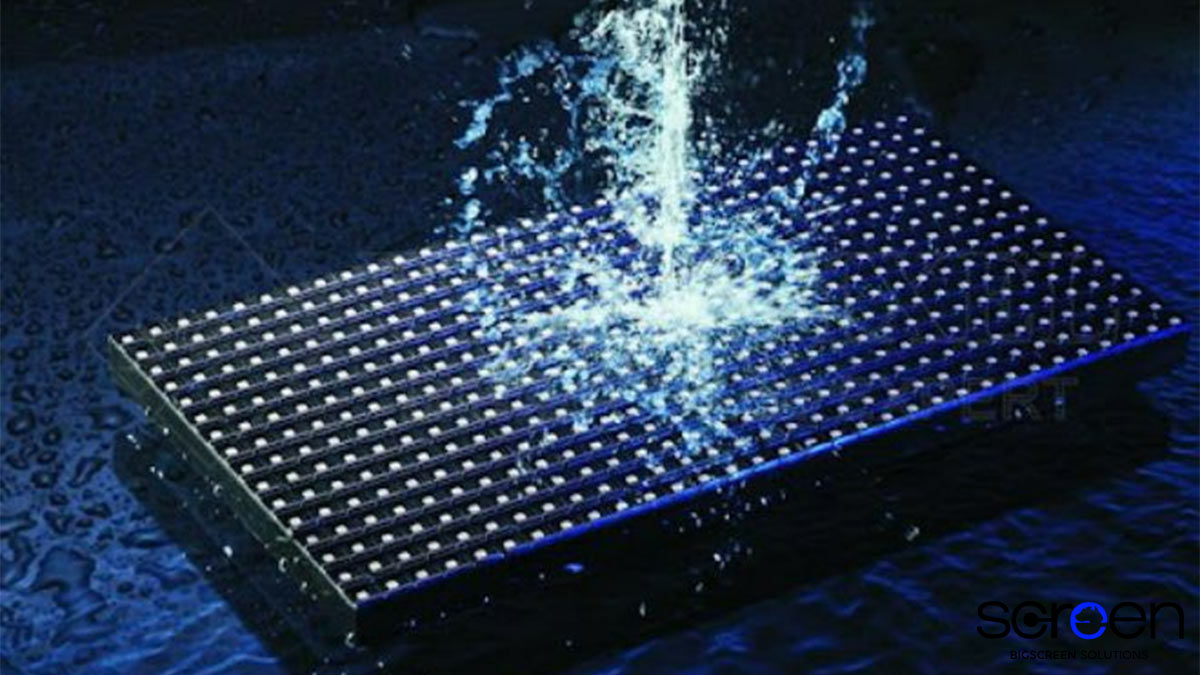In today’s world of ever-evolving digital signage, Waterproof LED Display Screens have emerged as a critical solution for environments that demand durability, visibility, and performance, regardless of weather or setting. Whether it’s for a bustling city square, a sports arena, or even an indoor swimming pool facility, these innovative displays serve a wide range of commercial and industrial purposes. This guide will walk you through everything you need to know about waterproof LED displays, including their types, features, advantages, and practical considerations for choosing the right one for your needs.
What Are Waterproof LED Display Screens?

Waterproof LED Display Screens are specially designed to withstand water, dust, humidity, and extreme temperatures. They feature sealed modules and weather-resistant casings, often rated IP65 or higher, ensuring they can operate under rain, snow, and other harsh environmental conditions without performance degradation.
These screens are perfect for outdoor and semi-outdoor environments but are also gaining popularity in indoor settings where water exposure is common—like aquariums, gyms, and indoor pools.
Why Waterproofing Matters
When it comes to display screens installed in open-air environments or damp locations, waterproofing isn’t just a nice-to-have feature—it’s essential. Without adequate protection, moisture can damage internal components, cause short circuits, and significantly reduce the lifespan of the screen.
Additionally, water-resistant screens ensure optimal safety by reducing the risk of electrical hazards. Their design also helps maintain consistent performance and brightness levels, even in challenging weather conditions.
Key Features of Waterproof LED Display Screens
- IP65 or Higher Rating: This rating indicates complete protection against dust and low-pressure water jets from any direction.
- Sealed Modules: Prevents water and humidity from seeping into the circuitry.
- Brightness Adjustment: Ensures visibility during daylight and nighttime.
- UV Protection: Prevents screen fading and maintains vivid color reproduction.
- Robust Materials: Built with corrosion-resistant aluminum or stainless steel housing.
These screens often outperform traditional signage in terms of durability and lifespan, making them a cost-effective long-term investment.
Types of Waterproof LED Display Screens
Waterproof LED displays can generally be divided into two categories:
Waterproof LED Display Screens Outdoor
Designed specifically for open-air venues like stadiums, billboards, outdoor concerts, and transportation hubs, Waterproof LED Display Screens Outdoor models are built with higher brightness levels, anti-glare coatings, and more robust weatherproofing.
They are perfect for use in scenarios where readability in direct sunlight and exposure to rain or snow is a concern.
Waterproof LED Display Screens Indoor
Contrary to what you might think, indoor applications can also require waterproofing—think swimming arenas, spas, factories, or kitchens where humidity and water vapor are present. Waterproof LED Display Screens Indoor are optimized for lower brightness needs while still ensuring a high level of durability and reliability.
These models are also useful for interior architectural integration, where sleek designs and subtle moisture resistance are required.
Applications Across Industries
Waterproof LED Display Screens are versatile and can be found in a wide range of industries, including:
- Advertising: Roadside billboards and transit stations
- Entertainment: Concerts, festivals, sports events
- Hospitality: Resorts, water parks, cruise ships
- Public Safety: Emergency alerts, transportation signage
- Retail: Outdoor storefronts and shopping centers
Benefits of Using Waterproof LED Display Screens
- All-Weather Operation: Maintain performance through rain, snow, and extreme temperatures.
- Enhanced Lifespan: Built to last longer than standard LED screens.
- High Visibility: Exceptional brightness and clarity in both indoor and outdoor settings.
- Low Maintenance: Water resistance reduces the likelihood of technical issues caused by moisture.
- Energy Efficiency: Newer models offer reduced energy usage compared to traditional options. If you’re curious about how different models stack up in terms of energy use, check out this detailed analysis: A Power Consumption Comparison of LED Display Technologies.
Considerations Before Purchasing
Before investing in a waterproof LED display, there are several key points to evaluate:
- Screen Size and Resolution: Tailor it to the intended viewing distance and content type.
- Mounting Location: Ensure proper support and ventilation.
- Access for Maintenance: Opt for models with front or rear access for easier servicing.
- Brightness Requirements: Choose brightness levels appropriate to lighting conditions.
- Budget: Account not only for the upfront cost but also for long-term maintenance and energy consumption.
This checklist is closely aligned with advice found in Things to Consider When Buying a LED Display, a helpful guide for new buyers.
Integration and Installation Tips
Installing waterproof LED screens—especially in challenging locations—requires professional expertise. Key steps include:
- Structural Analysis: Ensure the structure can support the screen weight.
- Electrical Planning: Safeguard against power surges and ensure proper grounding.
- Waterproof Cabling: Use sealed connectors to maintain the integrity of the waterproof design.
- Calibration: Fine-tune brightness and color for the specific environment.
Professionals often use tools like Understanding LED Screen Grayscale to optimize display clarity and smooth transitions in content.
Renting vs. Buying
If you’re using a waterproof LED screen for a one-time event or short-term campaign, renting may be more practical than buying. Many companies offer flexible rental solutions, such as hire led screen services, which provide temporary access to high-quality displays without the commitment of ownership.
Renting can be particularly beneficial for concerts, exhibitions, or corporate events where you need high visibility without long-term investment. For more context, see The Benefits of Hiring an LED Screen.
Choosing the Right Display for Your Event
The perfect screen depends heavily on your venue, audience, and content type. Whether it’s an intimate indoor setup or a grand outdoor spectacle, making the right choice involves understanding your needs and the technical specs of available models. If you’re not sure how to evaluate the options, How to Choose the Right LED Screen for Your Event? offers excellent insights.
Future of Waterproof LED Displays

As display technology advances, we can expect to see thinner, lighter, and even more energy-efficient waterproof LED screens. Innovations like flexible LED panels, smart connectivity, and AI-driven brightness adjustments are already emerging in high-end models. These features will further cement the value of waterproof displays across both commercial and creative industries.
LED Sign in Rainy Urban Landscape
A retail giant in London installed a large LED Sign at a major intersection known for unpredictable weather. Over five years, the sign has endured snowstorms, heatwaves, and torrential rain—without a single performance issue. This is a prime example of how waterproof LED displays outperform traditional signage in dynamic urban environments.
Final Thoughts
Waterproof LED Display Screens have become a cornerstone of modern visual communication, offering unparalleled durability, visibility, and adaptability. Whether you’re outfitting a shopping mall, planning an outdoor concert, or enhancing an indoor venue with humidity concerns, there’s a waterproof LED solution tailored to your needs.
With both Waterproof LED Display Screens Outdoor and Waterproof LED Display Screens Indoor options available, you can confidently invest in this resilient technology for virtually any application.
Before making a decision, weigh your options carefully and don’t hesitate to consult experts or explore online guides. Your investment in waterproof LED technology could be the game-changer your business or event has been waiting for.




